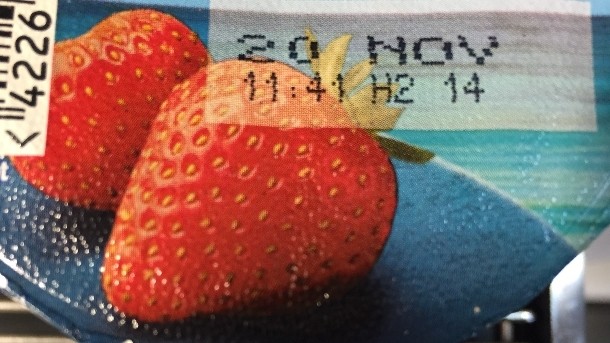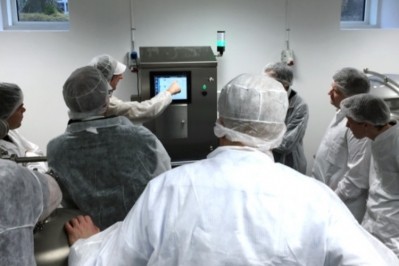Chr. Hansen adds to FreshQ culture portfolio

It launched its FreshQ portfolio five years ago, to protect against yeast and mold in an all-natural way, which the company said is in line with consumer preference for clean label products.
Peter Thoeysen, marketing director, dairy bioprotection, said the launch covers more than 10 new cultures, which will “open the door to new markets and customers.”
“The new FreshQ cultures are applicable and optimized to significantly more products and applications (in addition to yogurt, also fresh cheese, kefir, quark and numerous other fermented milk products), and they have stronger protective properties that make them well-suited in regions where the cold chain is under pressure,” Thoeysen said.
“They offer an alternative to even more chemicals and artificial preservatives than the first generation and thus we can help more customers go natural.”
Only 12 strains identified
From a starting point of 1,400 bacterial strains, taken from Chr. Hansen’s collection of more than 30,000 strains, only 12 were used in application trials.
Tina Hornbæk, senior department manager, dairy bioprotection, said it was a very challenging development procedure.
“When developing these new cultures, all the trials had to take place within the dairy product itself, all the way from our robotic equipment in high throughput analyses, to the compounding of strains and final application validations,” she said.
She added selection of the best strain candidates is complex because the bioprotective cultures interact with the normal starter cultures in the dairy product during fermentation.
“That is why we can’t use lab substrates or media to grow these cultures; it would give us misleading test results,” she explained.
Reducing food waste through longer shelf life
FreshQ works by inhibiting or postponing the growth of yeast and mold in fresh dairy products. Chr. Hansen said an externally validated study has shown by extending shelf life FreshQ can help reduce food waste.
Currently, 17% of European yogurt production goes to waste – in 80% of the cases because the use-by-date expires somewhere in the supply chain. An extension of shelf life by seven days, which Chr. Hansen said is a conservative estimate of the possible impact by FreshQ, would translate into a potential of reducing yogurt waste by 30% in Europe alone.
Reduction of food waste has been identified by the UN as a Global Goal for Sustainable Development.
And Chr. Hansen said consumers care about this too, as long as an increase in shelf life is achieved naturally.
How does it work?
Chr. Hansen said the FreshQ natural food cultures work by a combination of mechanisms that counter harmful microorganisms in the dairy product.
As ‘good’ and ‘bad’ bacteria compete for the same nutrients naturally present in food, the good bacteria can eat the food that bad bacteria live on – starving bad bacteria and wiping them out.
The bacteria also compete for space - which means that good bacteria can outnumber bad bacteria, by producing natural organic compounds (metabolites), which attack the unwanted microorganisms.
“Now we have a better palette of antifungal cultures, and that gives access to more markets and new discussions with customers,” Hornbæk concluded.





